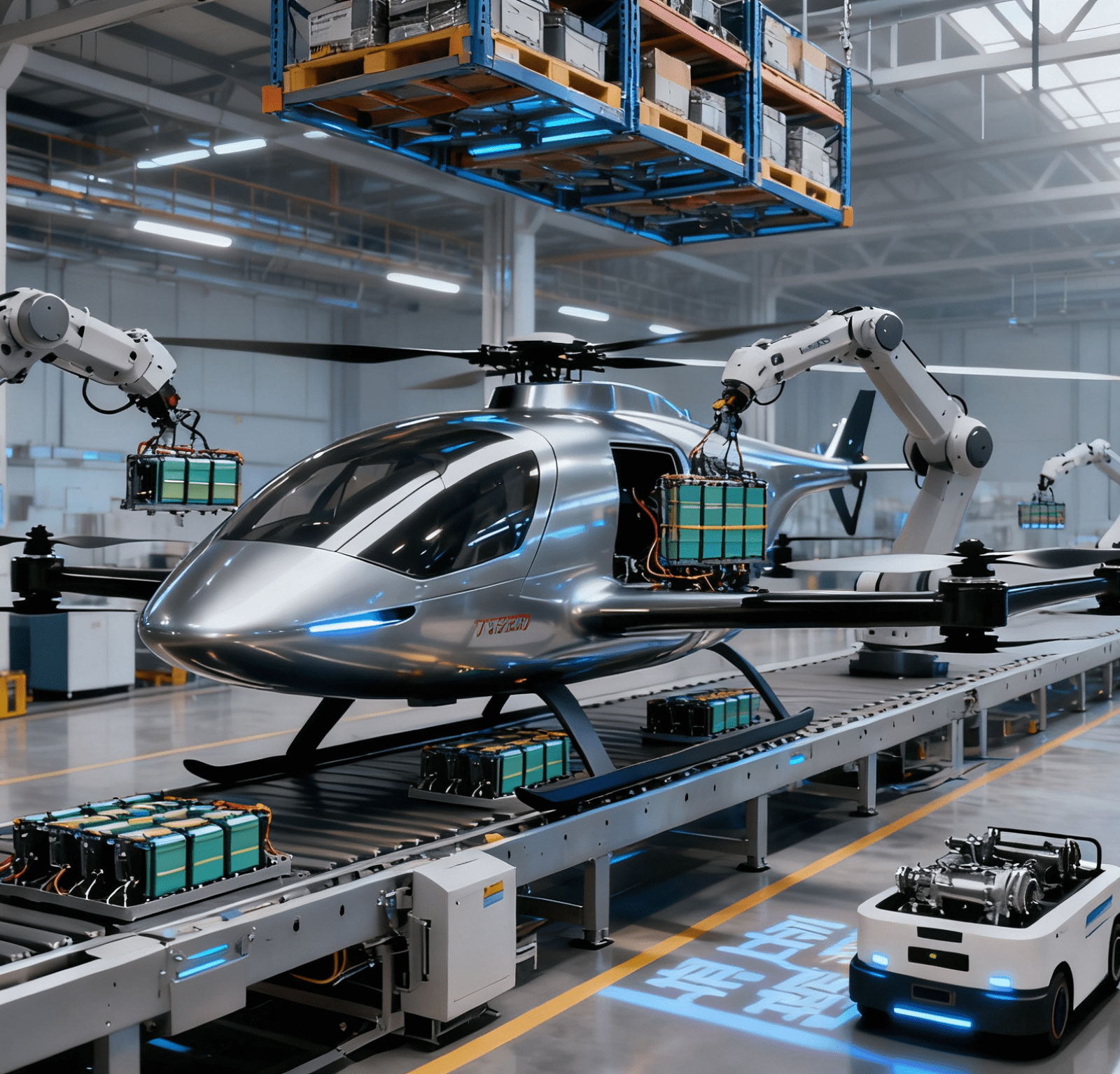
In the medical field, the performance and quality of medical devices are directly related to patients’ life, health, and treatment outcomes. The material selection and its compatibility in the precision machining of medical devices are like the cornerstone of a building, playing a decisive role.
Stringent Requirements for Materials in Medical Devices
Medical devices must have high biocompatibility to ensure that they do not cause adverse reactions (such as allergies, inflammation, or toxic reactions) when in contact with human tissues and body fluids. At the same time, the materials should possess good corrosion resistance, enabling them to withstand erosion from various chemical substances in the human environment and ensuring the stability of the devices during long-term use. Additionally, depending on the functional requirements of different devices, the materials must meet specific mechanical properties, such as strength, hardness, and toughness.
Material Selection Based on Device Functions
Implantable Medical Devices
For medical devices implanted in the human body, such as artificial joints and cardiac stents, material selection is particularly critical. Taking artificial joints as an example, titanium alloys or cobalt-chromium alloys are often used. Titanium alloys exhibit excellent biocompatibility, high strength, and good corrosion resistance. During precision machining, they can be accurately fabricated into complex shapes that match the structure of human bones through high-precision methods such as CNC machining. In the CNC machining industry in Dongguan, many enterprises specialize in the precision machining of titanium alloys using advanced 5-axis CNC machining technology. This ensures that the surface precision and internal structure of artificial joints meet ergonomic requirements, enhancing post-implantation comfort and service life.
Diagnostic Medical Devices
Diagnostic devices, such as ultrasonic probes and components of magnetic resonance imaging (MRI) equipment, have special requirements for the electrical and magnetic properties of materials. For instance, ultrasonic probes require the use of piezoelectric materials like lead zirconate titanate (PZT). When subjected to mechanical stress, these materials generate electrical signals; conversely, they undergo mechanical deformation under the action of an electric field. This enables the mutual conversion of electrical energy and mechanical energy, meeting the needs of ultrasonic diagnosis. During the machining process, precision part machining technology is used to accurately cut and shape the piezoelectric materials, which are then assembled with other electronic components to ensure the stable performance and accurate detection of the probes.

Therapeutic Medical Devices
Therapeutic devices cover a wide range. Taking surgical instruments as an example, scalpels are usually made of stainless steel. Stainless steel has high hardness and sharpness, ensuring effective cutting during surgery, while its good corrosion resistance guarantees that scalpels maintain performance even after repeated sterilization. In CNC machining, the tool path and machining parameters are precisely controlled to perform precision grinding and polishing on stainless steel. This makes the blade of the scalpel sharper and the surface smoother, reducing tissue damage during surgery.
Compatibility Between Materials and Machining Processes
The characteristics of different materials determine the suitable machining processes. For example, for brittle materials like ceramics, special machining processes must be adopted to avoid cracks or breakage during processing. In such cases, non-contact machining methods such as electrical discharge machining (EDM) or laser machining are more applicable. For metal materials, processes like die casting and mold machining are more common. In the machining of medical components, when aluminum alloys are used to manufacture small and complex parts, die casting can efficiently produce parts with precise shapes. However, during die casting, parameters such as temperature and pressure must be strictly controlled to ensure part quality.
For medical devices requiring nut connections—such as adjustable surgical instruments or implantable fixation structures—high-precision nut automatic assembly machines are widely used. These machines achieve automated, torque-controlled assembly of biocompatible nuts (e.g., titanium alloy or medical-grade stainless steel nuts), ensuring consistent connection tightness and avoiding material damage caused by manual operation, which is crucial for meeting the reliability and safety requirements of medical devices.
Meanwhile, for medical components with high precision requirements, such as the casings of cardiac pacemakers, secondary machining of die-cast parts may be required using CNC precision machining technology to further improve dimensional accuracy and surface quality.
Material selection and compatibility in the precision machining of medical devices are complex and critical topics. It is necessary to comprehensively consider the functional requirements of the device, the performance characteristics of the material, and the feasibility of the machining process. Only in this way can high-quality, safe, and reliable medical devices be manufactured, providing strong support for the development of the medical industry.




















